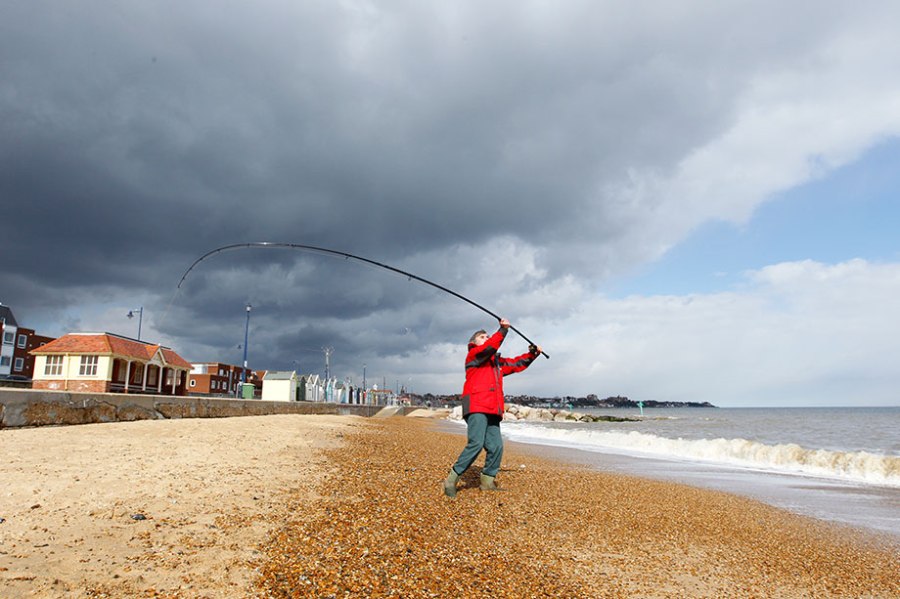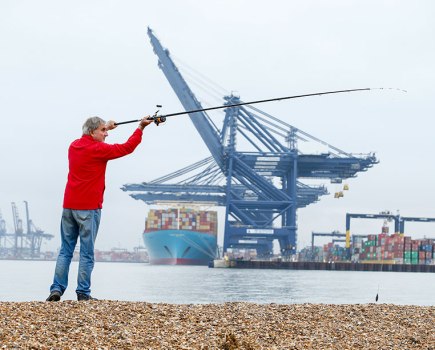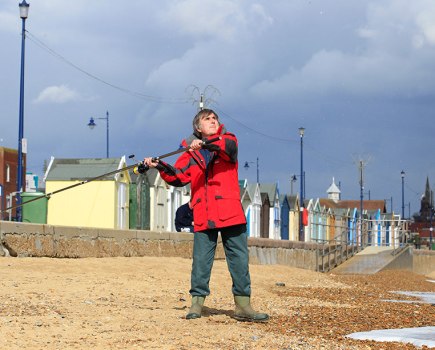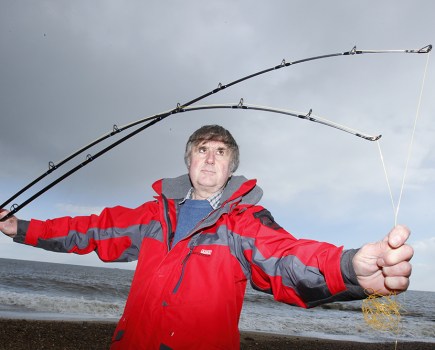The secret to spotting the flying rig easily and ending the misery of splash-down backlash
We make the cast, check that the multiplier’s spool is running nicely, then look for the rig… where the heck is it? It seems to have disappeared into the cosmos, and next thing we know the lead weight hits the water and the reel boils up into a mighty birdsnest, writes John Holden.
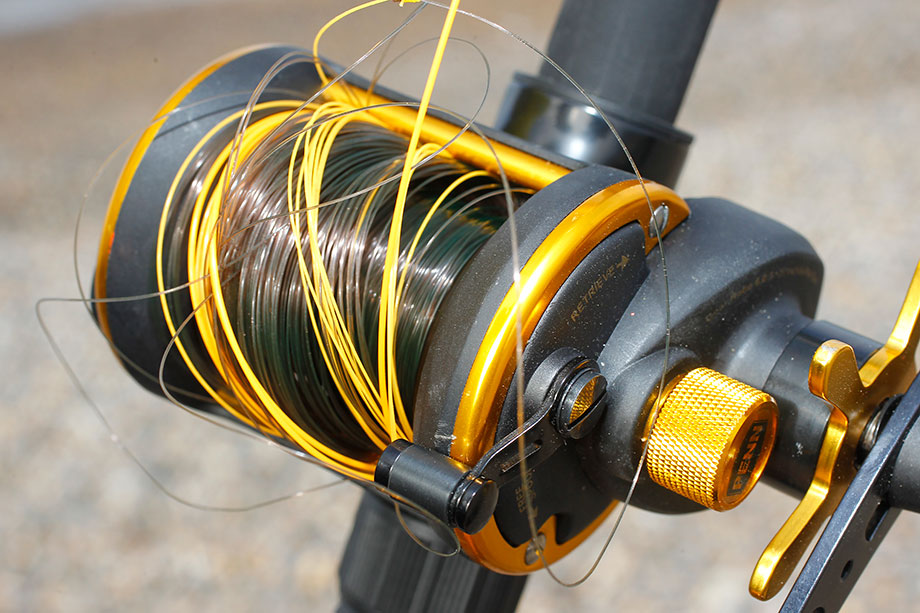
Spotting a rig is hard when you’re a beginner, and it can be impossibly difficult for some people regardless of experience. Let’s keep it simple: the important issue is that by concentrating on the reel as the cast flies away we’re then forced to search the sky for something small, already quite a long way away and fast becoming a dot. Tough work indeed.
The secret to spotting the rig easily and every time, thus ending the misery of splash-down backlash, rests on the fact that our eyes are extremely good at spotting moving things entering a clear field of vision. Focus on the sky, wait for the rig to appear, lock on like radar, then track it all the way. Can it really be that simple? Yes, provided that we shift attention away from looking at the reel as the cast gets away.
CRUCIAL STEPS
In the early days it helps enormously to adjust the reel so that it can be left to take care of itself. Make it as safe as possible even if that drags your distances down. Plenty of brake power – magnets or blocks, both if the reel has them. Keep the line level low, and maybe step up to a fairly thick line so that the spool empties quickly. A heavier sinker often helps, and obviously the casting action has to be smooth and progressive. Having done all this, forget the reel. Don’t even look at it. Focus on the sky instead.
Although we’re concerned here with spotting the rig, another reason for looking up into the air as soon as possible is even more important. Head position and imagining a target in the air where you want the rig to go are crucial steps in mastering every style of casting. But let’s ignore that for the moment. Being focused on the sky just as or even slightly before the cast gets away gives you that target to aim for, and it also means that the rig flies into view early and clearly. The eyes are naturally excellent at spotting the sudden intrusion, and from then the rest is easy. Track the flight path and stop the reel when the lead weight hits the water.
Experience brings twin bonuses. We can let fly, spot the rig, briefly check that direction and height are good, then switch focus back to the reel to monitor line flow and spool speed (though this shouldn’t be an issue on a nicely tuned modern reel used for fishing).
How do you know when to stop the spool? It’s done by feel and sound. Lots of practice develops a kind of feedback loop where the spool tells your thumb when to clamp down. That is the secret of using a multiplier reel at night.

